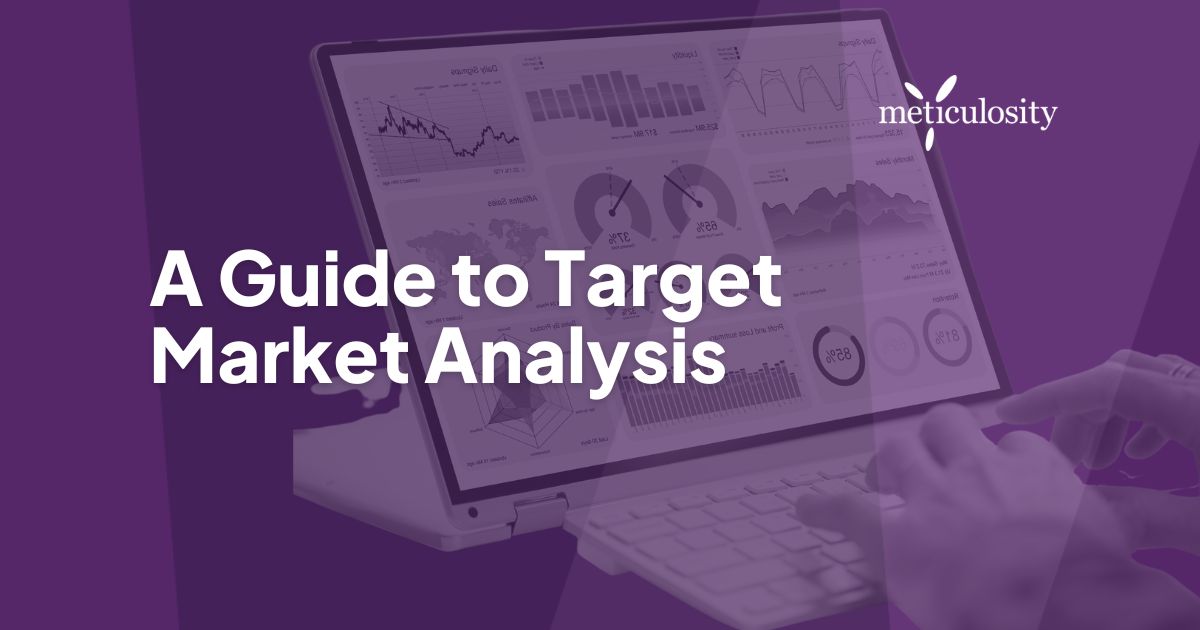What is Target Market Analysis?
A target market analysis is an in-depth review of your ideal customers. You base the analysis on key market data metrics that help identify good-fit prospects. A qualified analysis will provide the narrow focus needed to identify your target audience.
Today’s marketers have access to a wealth of analytics tools, allowing them to examine and manipulate data in multiple ways. Data allows marketers to better understand customers who may benefit from their services or products. This group of prospective customers is better known as your target market or target audience.
Spy on your competitors' most profitable paid and organic search keywords with SpyFu Competitor Research.
Why Taking a Targeted Approach to Marketing is Important
Reaching your target audience is essential to your company’s success – how effective you are at outreach will either sustain or grow your revenue. This might sound simple, but developing a target market strategy isn’t always easy. Most of the time, the people you are trying to reach are scattered among others who are not part of your target audience. Simply promoting a product without a well-defined strategy can waste time and resources.
Make sure you track the analytics of your social media marketing ad. Develop a strategy based on clicks.
/Imported_Blog_Media/pointing-at-data-PPECSZM-1024x683-3.jpg?width=750&height=500&name=pointing-at-data-PPECSZM-1024x683-3.jpg)
Conducting a target audience analysis can help you pinpoint where you want to direct your marketing campaigns. During the analysis, you’ll also group target audience members into different segments. This allows you to sort the types of target markets that might benefit from your services.
Target Audience Analysis: What You Need to Know
When you analyze potential customers, you’ll learn how to identify your target market more accurately. A target market analysis includes the following components that will determine the type of data you collect in the future. These elements include:
/Imported_Blog_Media/buyer-persona-marketing-mary-750x423-Jun-28-2021-10-50-11-01-PM.jpg?width=750&height=423&name=buyer-persona-marketing-mary-750x423-Jun-28-2021-10-50-11-01-PM.jpg)
1. Who
Of course, the “who” is your potential customer or buyer persona. To truly understand your audience, describe your potential customers by their gender, age, education, and any other defining characteristics.
2. What
This is the motivational factor that inspires your target market. The “what” might include their interests, hobbies, values, or general needs. Defining the “what” includes analyzing what aspects of your company’s products or services would best resonate with those needs. This is best determined by considering what problems your product or service can solve.
3. When
The “when” is the period of time when your target customer is most likely to make a purchase. This could be a particular time, like a month or week, but it could also include the frequency of purchases if you’re offering a subscription service. Some products and services are purchased at specific times during the day, which should also be considered.
4. Where
The geographic location of your target audience is another important factor to consider. The “where” includes characteristics of that area, including the climate, population, and the average income.
5. Why
What factors would compel a potential customer to purchase your product? Determining the “why” involves competitor analysis – what gives your product the edge over others in the market?
6. How
Lifestyle choices and purchasing trends will determine the “how” of your market analysis. Knowing how your customers might act can help you create the right messaging for your campaigns.
These elements will frame your approach to market analysis. After you establish the who’s and what’s of your target audience, you’ll be ready to delve deeper into the process.
Target Audience Analysis Best Practices
When collecting information about your target audience, focus on what the data reveals instead of making assumptions. While you will find some general information about your audience’s needs and wants, you won’t have the entire picture. Failing to look beyond your general ideas can lead to missed opportunities and creating campaigns that don’t quite hit the mark.
Know the "who, what, where, when, why, and how" of your target audience. This is a great starting point.
Before analyzing any of the elements of the market analysis, research your audience’s needs. This allows you to prepare specific questions that can answer the who, what, when, where, why, and how. Some ways you can ask these questions include:
- Create social media ads using the analytics they provide to create market segments and customer profiles.
- Use online resources to find the target audience analysis that has already been conducted.
- SEO Competitor Analysis – look at their customer reviews, pricing, market positioning, and customer interactions on social media.
- Go straight to the segments you wish to analyze for primary research using surveys, interviews, and focus groups.
Target Audience Analysis is Constantly Evolving
Remember, your target audience is dynamic – what works one year may not be accurate to the next. Because your audience is forever changing, it’s essential to constantly reassess your marketing strategies.
Over time, you may even find that the types of target markets your product appeals to will change depending on the time of year or customer needs. You might wish to expand your business internationally or create a new line of products geared toward another market. Whatever you decide, conduct target audience analyses regularly to see if your plans make sense.







